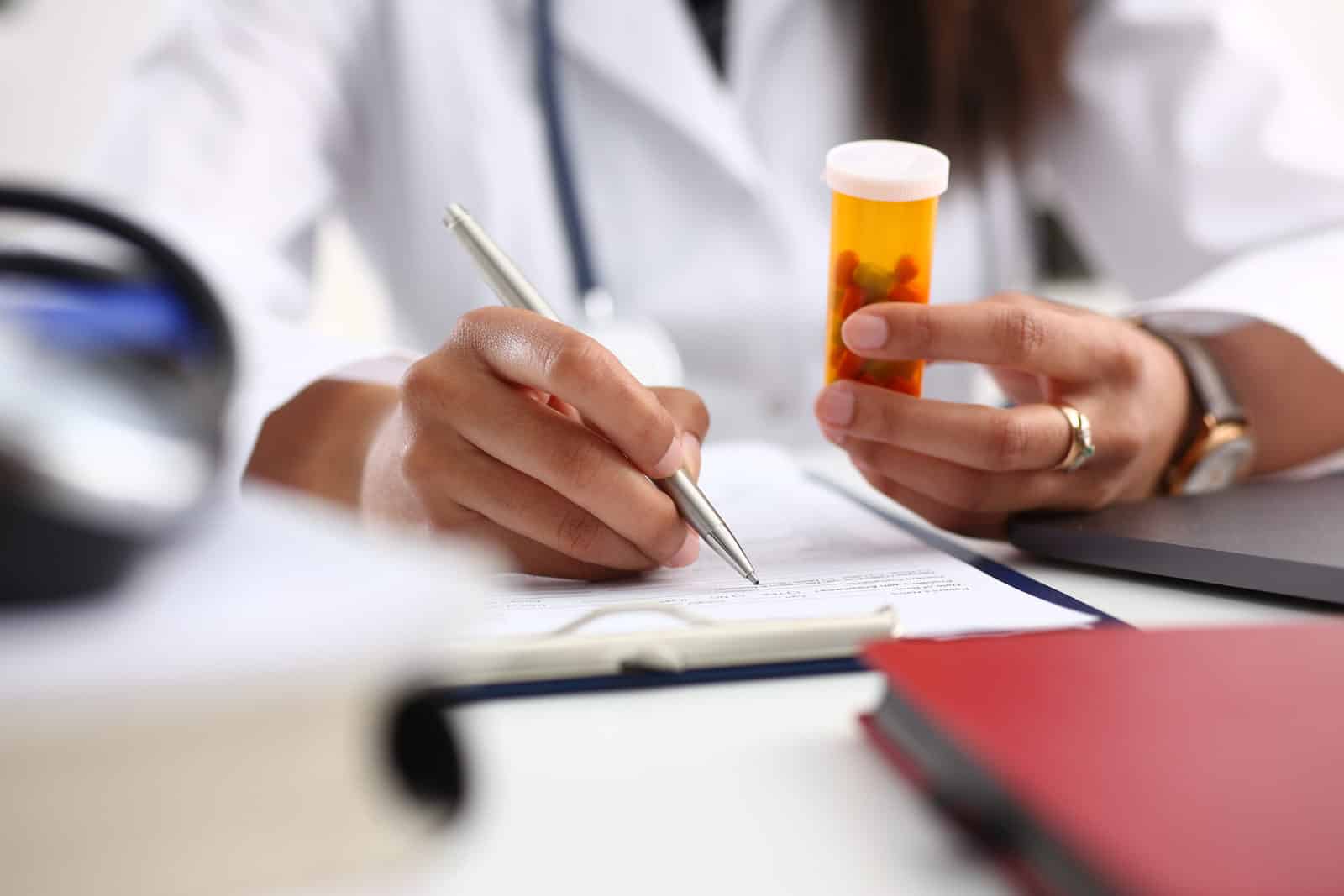The FDA amended the emergency use authorization (EUA) for the Pfizer-BioNTech COVID-19 Vaccine, authorizing a single booster dose for administration to individuals 16 and 17 years of age at least six months after completion of primary vaccination with the Pfizer-BioNTech COVID-19 Vaccine. The agency concluded that the immune response effectiveness data from studies of participants 18 through 55 years of age who received a single booster support extending the eligible booster-age population to 16- and 17-year-olds.
The FDA-authorized Pfizer-BioNTech COVID-19 Vaccine and the FDA-approved Comirnaty (COVID-19 Vaccine, mRNA) are the only COVID-19 vaccines currently available for the 16- and 17- year-old age group. Individuals who are 16 and 17 years of age should only receive the Pfizer-BioNTech COVID-19 Vaccine or Comirnaty as their booster dose.
The FDA’s statement notes that Pfizer-BioNTech COVID-19 Vaccine has been available to individuals 16 years of age and older for nearly a year, and its benefits have been shown to clearly outweigh potential risks. In the time since Pfizer initially submitted safety and effectiveness data on a single booster dose following the two-dose primary series to the FDA, additional real-world data have become available on the increasing number of cases of COVID-19 in the United States and on the risk of myocarditis and pericarditis following vaccination with the Pfizer-BioNTech COVID-19 Vaccine. The data enabled the FDA to reassess the benefits and risks of the use of the vaccine in a wider population, and the agency determined that the benefits of a single booster dose of the Pfizer-BioNTech COVID-19 Vaccine or Comirnaty outweigh the risks of myocarditis and pericarditis in individuals 16 and 17 years of age to provide continued protection against COVID-19 and the associated serious consequences that can occur, including hospitalization and death.
The FDA is conducting postauthorization and postmarketing studies to assess known serious risks of myocarditis and pericarditis. The most commonly reported side effects associated with the booster were pain, redness and swelling at the injection site, as well as fatigue, headache, muscle or joint pain, and chills. Of note, swollen lymph nodes in the underarm were observed more frequently following the booster dose than after the second dose of a two-dose primary series.






